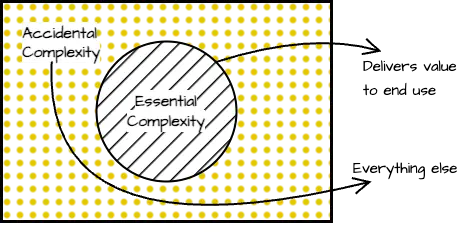- Semantic Kernel,
- DotNet 9 Console Application,
- nomic-embed-text as Embedding Model,
- Llama 3.2 (1B) as Chat Model,
- Qdrant Vector Database,
Retrieval Augmented Generation aka RAG is a new paradigm in the world of Generative AI which allows AI systems to provide more contextual, accurate and personalised responses by combining the power of LLM with rich and proprietary data sets. These data sets can range from internal documents, databases, to APIs and research papers. This approach uplifts the capabilities of LLMs from providing generic responses to delivering domain specific responses.
This blog post (fourth in the Uncovering GenAI series) picks apart the RAG paradigm, and dives deeper. It explains the basics and then moves to exploring what realistic RAG systems look like.
.NET, and Semantic Kernel. We would use Ollama to run our local LLM.
By the end of this post, you'll have a working example you can run entirely on your own machine.

Program.cs. What an irony. As I started asking around and also doing
my research in parallel I came across the following 2 links:
The links above provide comprehensive information about the humble object. Inspired by this, I rolled up my
sleeves and started refactoring my code to make it more testable. Follow along as I first explain the pattern
and then demonstrate, through a simple example, how you can refactor your own code to enhance testability.
Together, we'll break down each step, making this concept easy to grasp and implement in your own projects.
In 2014, Martin Fowler and James Lewis put together a blog called "Microservices" after having concerns about the loose use of the term. I was working with ThoughtWorks at the time and, being a massive fan of Martin Fowler, I would always read his work. Although a decade has passed since then, and despite the clarity provided by his work and the community, the term 'Microservices' is still used loosely. There are definitely firms pioneering this architectural style, but many more are just following the trend for the sake of the name.
Ever since the term SOA was coined in 1996, there has been a lot of ambiguity surrounding it. In this blog, I am attempting to take a step back and explain what service-oriented architectures are and where microservices fit in. We will start by exploring SOAs themselves. Then I will move on to discuss the architectural styles sliced by sizes and finally examine the various implementation approaches based on functionalities. None of what I propose is new knowledge, it is an attempt to bring it all on a single page with the intent to form a reference for technical decision-making in organisations and teams.
- So you want us to break things on purpose?
- You expect us to run this in production?
- We have lots of pressing issues this is not a priority!
- How is this different from DR testing? ...